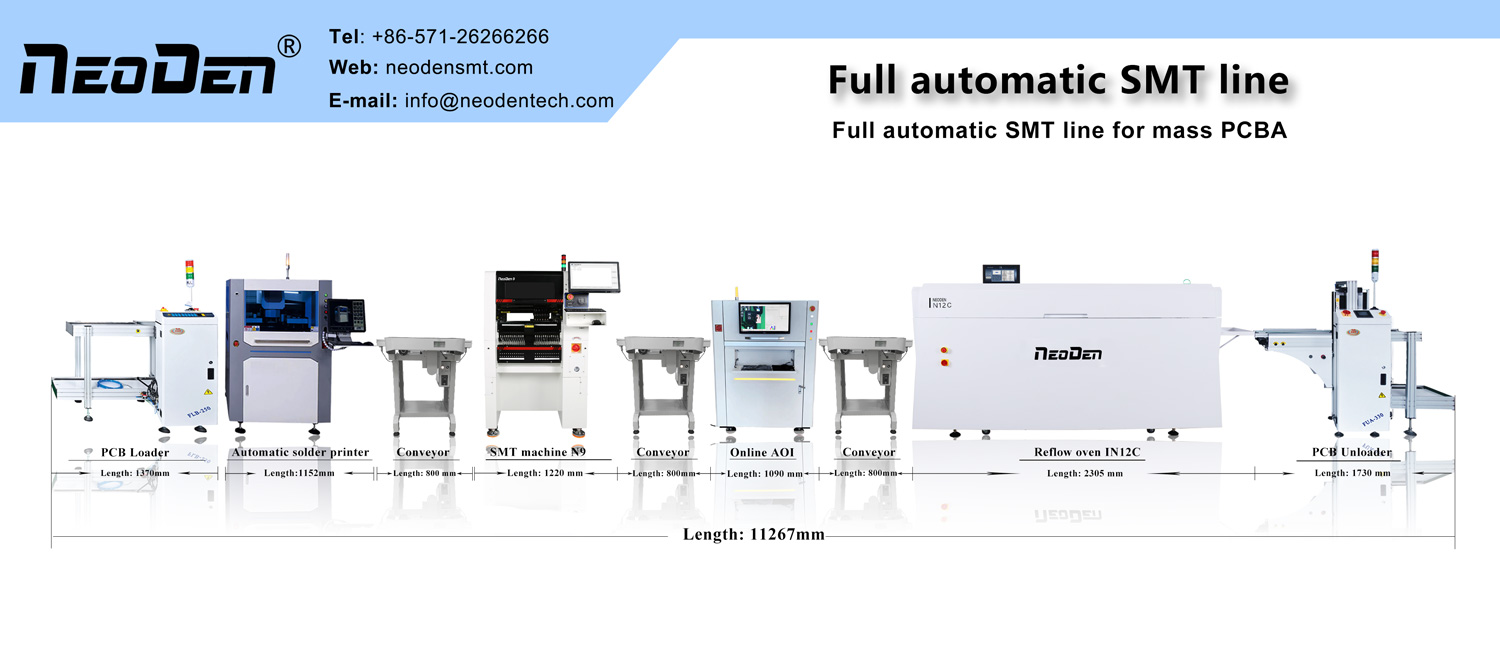Visual inspection method
Using a magnifying glass (X5) or an optical microscope to PCBA, the quality of cleaning is assessed by observing the presence of solid residues of solder, dross and tin beads, unfixed metal particles and other contaminants. It is usually required that the PCBA surface must be as clean as possible and that no traces of residues or contaminants should be visible. This is a qualitative indicator and is usually targeted at the user’s requirements, their own test judgement criteria and the number of magnifications used during the inspection. This method is characterised by its simplicity and ease of use. The disadvantage is that it is not possible to check for contaminants on the bottom of components and residual ionic contaminants and is suitable for less demanding applications
Solvent Extraction Method
The solvent extraction method is also known as the ionic contaminant content test. It is a kind of ionic contaminant content average test, the test is generally used IPC method (IPC-TM-610.2.3.25), it is cleaned PCBA, immersed in the ionic degree contamination tester test solution (75% ± 2% pure isopropyl alcohol plus 25% DI water), the ionic residue will be dissolved in the solvent, carefully collect the solvent, determine its resistivity
Ionic contaminants are usually derived from the active substances of the solder, such as halogen ions, acid ions, and metal ions from corrosion, and the results are expressed as the number of sodium chloride (NaCl) equivalents per unit area. That is, the total amount of these ionic contaminants (including only those that can be dissolved in the solvent) is equivalent to the amount of NaCl, not necessarily or exclusively present on the surface of the PCBA.
Surface Insulation Resistance Test (SIR)
This method measures the surface insulation resistance between conductors on a PCBA. The measurement of surface insulation resistance indicates leakage due to contamination under various conditions of temperature, humidity, voltage and time. The advantages are direct and quantitative measurement; and the presence of localised areas of solder paste can be detected. As the residual flux in PCBA solder paste is mainly present in the seam between the device and the PCB, especially in the solder joints of BGAs, which are more difficult to remove, in order to further verify the cleaning effect, or to verify the safety (electrical performance) of the solder paste used, the measurement of the surface resistance in the seam between the component and the PCB is usually used to check the cleaning effect of PCBA
The general SIR measurement conditions are a 170 hour test at 85°C ambient temperature, 85% RH ambient humidity and 100V measurement bias.
NeoDen PCB Cleaning Machine
Description
PCB surface cleaning machine support: One set of supporting frame
Brush: Anti static, high density brush
Dust collection group: Volume collect box
Antistatic device: A set of inlet device and a set of outlet device
Specification
| Product name | PCB surface cleaning machine |
| Model | PCF-250 |
| PCB size(L*W) | 50*50mm-350*250mm |
| Dimension(L*W*H) | 555*820*1350mm |
| PCB thickness | 0.4~5mm |
| Power source | 1Ph 300W 220VAC 50/60Hz |
| Air supply | Air inlet pipe size 8mm |
| Cleaning sticky roller | Upper*2 |
| Sticky dust paper | Upper*1 roll |
| Speed | 0~9m/min(Adjustable) |
| Track height | 900±20mm/(or customized) |
| Transport direction | L→R or R→L |
| Weight(kg) | 80Kg |
Post time: Nov-22-2022

